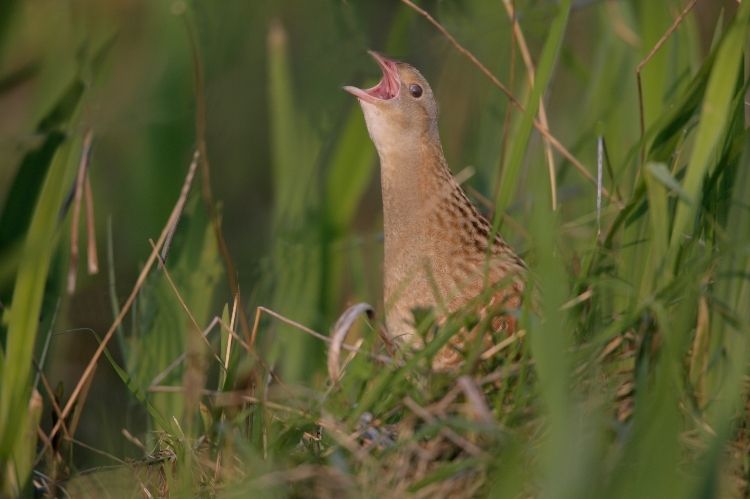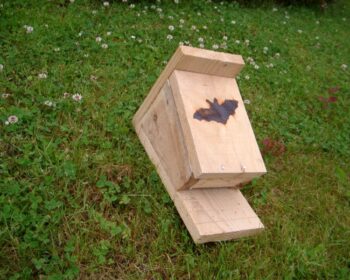Environment - Crofts and Small Farms
Crofts and small units often practice high nature value farming. We have a selection of guides, podcasts and videos available to help increase biodiversity on your unit.
Derelict to Productive: Implementing Your 5 Year Plan
Underused and derelict land on your croft or smallholding can be daunting to tackle. Our series of ‘Derelict to Productive’ workshops on Skye is designed to take you through the steps from assessing your croft’s potential, implementing a 5 year plan to looking into your longer term plans. Here is a quick recap of the first in the series of three workshops. See how important active crofting is for biodiversity and wildlife and what some of the participants thought of the event.
Crofting & the Uist Machair
Cultivations will be underway soon on the Uist machair, growing crops and managing the land for high biodiversity. This lovely video explains how and why traditional crops are grown in a two year cycle.
Women in Agriculture: Lynbreck Croft, Grantown-on-Spey
As part of our work for Women in Agriculture, we visited Lynbreck Croft near Grantown-on-Spey to interview Lynn Cassells. Lynn farms with her partner Sandra Baer, and together they have created a successful crofting business focussed on working with nature and providing sustainable food for their local community. Mary-Jane Lawrie, of SAC Consulting, chatted to Lynn about being a new entrant, tree hay, rotational grazing, their “ladies who lay” and their time on This Farming Life.
Corncrakes
Corncrakes are on the Red List of birds of high conservation concern, but crofters can help their population numbers by providing tall vegetation, or ‘cover’. Corncrakes need areas of grassland that contains clumps of tall plants such as nettles, flag iris or cow parsley. Find out more about steps to take:

Making a Home for Bats on Your Croft

Some crofts have good insect hunting grounds for bats, but do not have trees with suitable roosting features such as cavities, woodpecker holes, loose bark and thick ivy on their trunks or suitable buildings for bats to set up home. Click to find out more about bats, and how you can help them find a home.
Woodland Creation
Woodland Creation on Crofts
Woodland Specialist from SAC Consulting, Douglas Priest talks to Donny Chisholm from the Woodland Trust. This podcast will give you the why, where, what and how of starting woodland on your croft.
Pollinators
Helping Pollinators on Farms and Crofts
The crofting areas of the Western Isles, Caithness, Sutherland and the Orkney isles are important for the Great Yellow Bumblebee, our rarest bumblebee. This bee particularly likes red clover and machair flowers. In this video, we show different types of bee, how they feed, and the plants they feed on. With large losses of flower-rich meadows in the UK, the maintenance of flower rich, less intensively-managed areas such machair and grazing and hay fields on crofts and commons is important.
Buzzing About Bees
In this webinar, Claire Gill, helped by Luis Molero, gave us an informative beginners guide to keeping bees. Claire is the Deputy Lead Bee Inspector for the Scottish Government and also an Agricultural Officer on the SGRPID office in Golspie. Luis is the current Lead Bee Inspector. Learn the why, where, when and how of starting your hives along and top tips for successful bee keeping. Bees are a vital part to our planet’s eco-system… a future without bees is really going to sting!!
Liming
Liming and Biodiversity with the RSPB
Did you know that soil liming can not only help your land become fertile but will also help with biodiversity? Improved biodiversity will also help attract more birds to your land which will help to tack pests like leatherjackets. We made this video in conjunction with RSPB Scotland to look at how liming is a win all round. Music: Filaments by Podington Bear is licensed under a Attribution-NonCommercial 3.0 International License. Based on a work at http://soundofpicture.com Permissions beyond the scope of this license may be available at http://soundofpicture.com or contact artist via email.
Carbon
Confused about Carbon: Let's Clear the Air!
So much talk about reducing farm emissions, lowering your carbon footprint, carbon neutral, net zero and how to farm more efficiently…..confused by all this and need some clarity on what this means? In this webinar, Katerina Karpasitou from SAC Consulting’s Agrecalc team will simplify the jargon and improve your understanding around the impacts of carbon and what we can do to help improve our farm carbon footprint.
Woodlands
Planting and managing trees on crofts, smallholdings and common grazings can provide timber, shelter, richer habitats for wildlife, attractive landscapes and capture carbon. There are so many benefits, but planting in the highlands and islands, or on a small scale, presents some challenges.
Sign up to the FAS newsletter
Receive updates on news, events and publications from Scotland’s Farm Advisory Service
